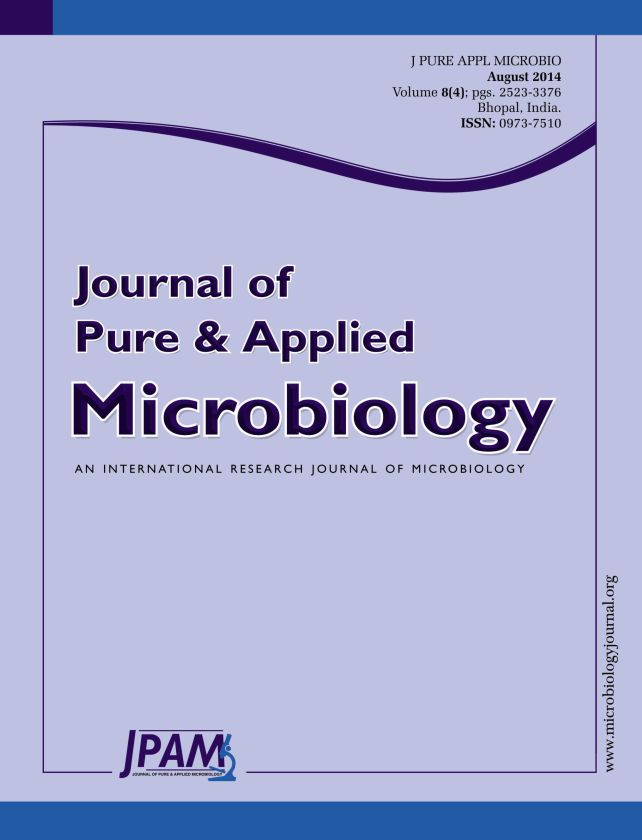Production of NADH-dependent nitrate reductase mediated extracellular gold nanoparticles from Streptomyces sp. DBZ-39, for their distinct characteristic properties and antimicrobial activities was the major objective of the present investigation. Defined size and distinct gold nanoparticles, obtained from biological sources in general and microbial sources in particular reveal spectacular biomedical applications. Streptomyces sp. DBZ-39 was employed as an efficient isolate for the synthesis of extracellular gold nanoparticles. The detection of amino acid residues, namely tyrosine and tryptophan in the culture broth of Streptomyces sp. DBZ-39 by UV-visible spectroscopy, confirms the role of NADH-dependent reductase in the synthesis of extracellular gold nanoparticles. Scanning and Transmission Electron Micrographs revealed the characteristic properties of extracellular gold nanoparticles in a controlled size of 24nm. X-ray diffraction analysis exhibits crystal phases of gold nanoparticles. An antiviral property of gold nanoparticles employing bacteriophages is a significant attribute and reported for the first time. The antibacterial activity of gold nanoparticles was encouraging against gram negative bacterial pathogens E. coli and Pseudomonas aeruginosa, which can be explored further for their efficacy.
Streptomyces, NADH-dependent reductase, Gold nanoparticles, Antiviral, Antibacterial
© The Author(s) 2014. Open Access. This article is distributed under the terms of the Creative Commons Attribution 4.0 International License which permits unrestricted use, sharing, distribution, and reproduction in any medium, provided you give appropriate credit to the original author(s) and the source, provide a link to the Creative Commons license, and indicate if changes were made.


